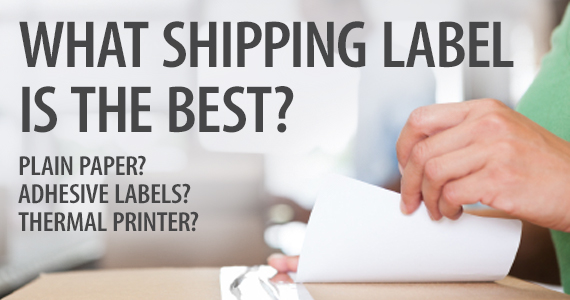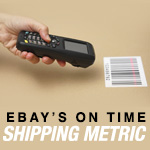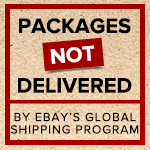 As an e-commerce seller, whether you’re selling on a marketplace like Amazon, eBay, Etsy or via your own website, you’re bound to be shipping packages to your customers. And each package will need to include a shipping label. So, what’s the best way to print labels for the merchandise you’re shipping to your customers? Preferences vary from retailer to retailer, but there are mainly three conventional methods to choose from including:
As an e-commerce seller, whether you’re selling on a marketplace like Amazon, eBay, Etsy or via your own website, you’re bound to be shipping packages to your customers. And each package will need to include a shipping label. So, what’s the best way to print labels for the merchandise you’re shipping to your customers? Preferences vary from retailer to retailer, but there are mainly three conventional methods to choose from including:
#1 Printing on regular paper
#2 Printing on adhesive labels
#3 Printing on a roll adhesive labels using a thermal printer
Read on to learn the pros and cons of each and determine which shipping label option makes the most sense for your e-commerce business!
#1 Printing Shipping Labels on Regular Paper:
One of the most commonly used methods by e-commerce sellers to print shipping label information is to print directly on plain computer paper. If using an online postage program like Stamps.com or eBay shipping, these labels can be printed via an inkjet or laser printer. Once the labels are ready, they can be attached to your package using regular packing tape. Adequate care should be taken not to cover the delivery confirmation barcodes in the process. If the barcode(s) are covered with tape, the tape could generate a reflection to the scanning equipment and your package may not scan correctly.
The great benefit of using regular paper for your shipping labels is that you can find supplies almost anywhere and the costs are very cheap. Also, you do not need to worry about placing the paper in the printer a certain way.
| Pros: | Cons: |
| This is the most economical option to print shipping labels. The cost to print on regular computer paper is very low. | If tape is mistakenly applied over the delivery confirmation barcode on the label, this can cause a reflection in the scanner leading to delays at the time of drop-off or carrier pick-up. |
| Plain paper is readily available and the chances of running out of supplies are low. | The printer ink on your shipping label could get smeared due to rain, bad weather, etc. causing recipient name and address information to be read incorrectly. |
| Using regular paper to print shipping labels allows you to adjust the label size to fit appropriately on your shipment box. | The paper could get ripped off the package due to wear and tear in the shipping process. |
#2 Printing Shipping Information on Adhesive Labels:
Some online merchants prefer to use adhesive labels as their USPS shipping labels. These labels also work with regular ink jet or laser printers, although you may have to experiment a bit to learn exactly how the label should be inserted into the printer. When using adhesive labels, you need not worry about attaching it to your package with tape, since the entire label is a big sticker. Additionally, these labels prove to be much harder to rip!
| Pros: | Cons: |
| There is no need to use tape since the label itself has the necessary adhesive to stick to your package. | Adhesive labels are more expensive than plain paper. |
| Delivery confirmation barcodes are shielded from any scanner reflection issues, since no tape is used to attach the label to the shipment. | These labels tend to be harder to fit on smaller packages, as there is no way to adjust the size of the label. With this option, your label is more prone to being wrapped on edges with smaller packages. |
| The ink may smear immediately after printing, in which case you may need to print more than one shipping label with the same information. |
#3 Printing Shipping Labels Using Thermal Printers:
Thermal printers are special stand-alone printers that use heat instead of ink to print shipping information on to the label. Other than the initial purchase of the thermal printer, there is no ink to purchase since the image (or shipping information) is applied via heat onto the label. This also means that thermal printed shipping labels won’t ever smear. Moreover, online retailers using this method to print labels do not need to wait for the ink to dry and end up saving a lot of time, especially when there are hundreds of labels to print!
| Pros: | Cons: |
| Printing shipping labels using a thermal printer is the fastest way to generate labels. | Printing labels on thermal printers can prove to be a very costly option – These printers alone typically cost over $350. |
| Since thermal printers use heat transferring technology, there is no need to purchase printer ink. | In order to print labels using a thermal printer, you need to buy special adhesive label rolls. |
| Thermal printed labels do not smear after printing. |
In Summary:
Now that you know the advantages and disadvantages of all three ways to print shipping labels, also consider other factors such as how often you print shipping labels and whether or not you want to use everyday items or specialty label rolls, before deciding which method works best for you. Remember, there is no right way to print USPS shipping labels — only what’s right for your e-commerce business!






